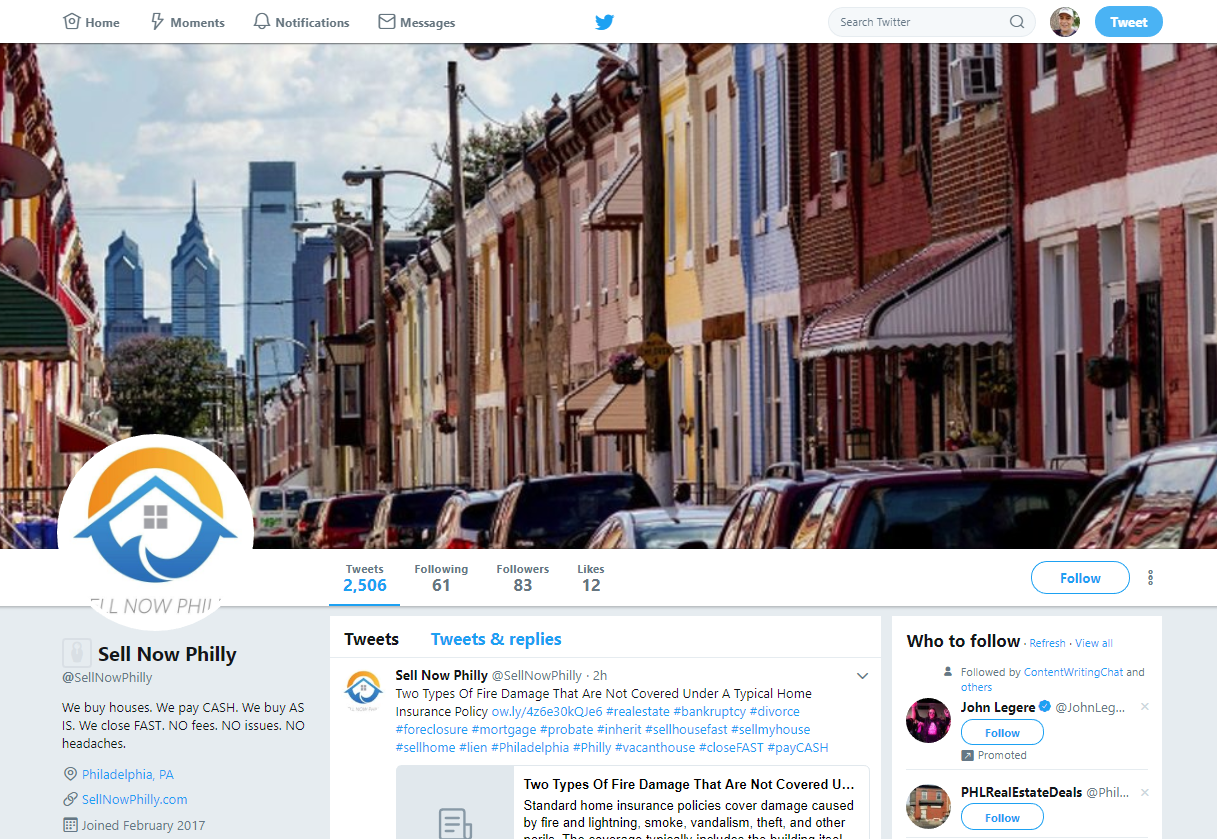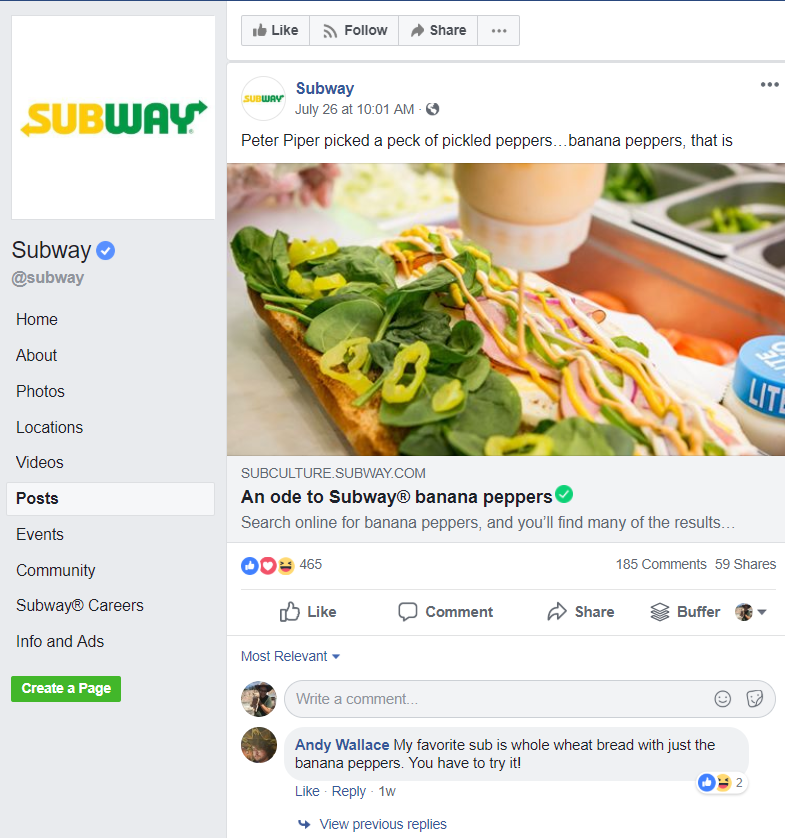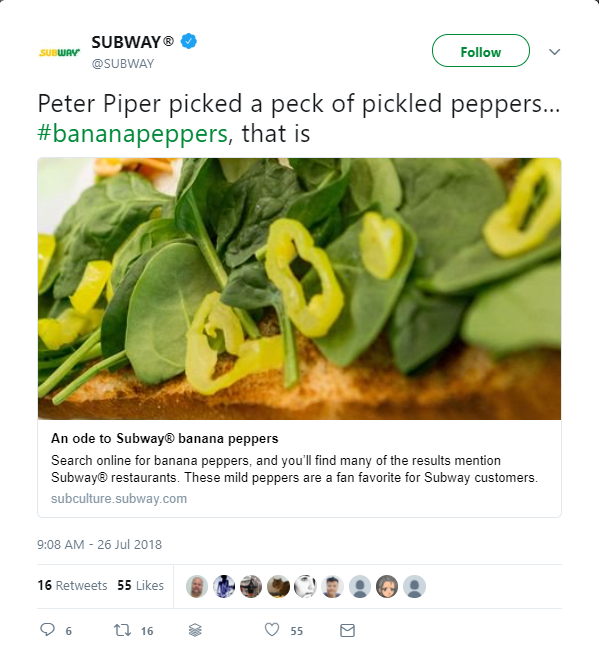
It’s hard to ignore the power of social media. When 22% of the world’s population uses Facebook, more than 450 million LinkedIn profiles exist, and, according to Hootsuite, 93% of Pinterest users access their account to make purchases, you can’t afford to miss out. That’s why you need to develop a social media content strategy to support your business’ social media marketing strategy.
How Important is Social Media to Your Business?
In 2017, 71% of worldwide internet users used social media, with 2.46 billion users, according to Statista. Sixty-six percent of social media users, worldwide, live in North America, and more than 81% inhabitants of the United States had a social media profile. Ending 2016, users from the U.S. spent at least 215 minutes a week weekly using social media on their smartphone; another 61 minutes on their PC, and 47 minutes on tablets.
Social Media Content Strategy
You can easily create a social media identity or page for your business, but managing social media profiles can quickly overwhelm a business team if it doesn’t have a social media content strategy in place. To help you get started, we’ve provided a guide to putting together a social media marketing strategy to increase follower engagement for your business.
Align Your Social Media Content Strategy with Your Business’ Social Media Marketing Goal
Your social media content strategy should align flush with your business strategy and its social media marketing strategy. It should support your business goals and objectives.
If, for example, your business generates income by attracting visitors to a blog that, in turn, links to an affiliate eCommerce store, your social media content marketing strategy should somehow support your business’ effort to do so.
You may use social media to drive new visitors to your blog posts. Once the visitors have been to your site, you can remarket to them using tools like the Facebook Pixel, LinkedIn Remarketing, or Google Ads remarketing. Remarketing increases the percentage of qualified customers to your website or blog.
![]()
You can monitor your website traffic with Google Analytics and Facebook Pixel to see which social media platforms and posts are driving traffic to your blog and how that traffic engages with your blog. The information from these sources can help you improve your social media content strategy.
Use SMART Goals with Your Social Media Content Strategy
By using tools like Google Analytics and Facebook Pixel, you can set effective SMART goals (Specific, Measurable, Achievable, Relevant, and Time-bound). Likewise, your social media statistics can give you precise data by which to measure your SMART goal success.
If, as an example, your business has recently rebranded and has the objective of improving brand awareness, the number of followers for any particular branded social media page or identity can give you an exact number by which to measure awareness. Engagement metrics like mentions, retweets, or shares can provide information about how social media users feel about your brand and how they express that loyalty to others.
Use the Appropriate Social Network for Your Social Media Content Strategy
The demographics of social networks varies from platform to platform, and you need to select the right social network for the demographic group that you wish to engage with your marketing assets.
If you want a vast, highly varied audience, Facebook might be your best option. During the first half of 2018, 68% of adult Americans were using the platform, according to the Pew Research Center.
Only about 29% of the U.S. population used Pinterest during that same period. However, a study conducted by Shopify and Pinterest showed that “93% of Pinterest users use the platform to plan purchases.” That means that the traffic it generates to your website may include a significant portion of users ready to make a purchase.
Posting on Twitter can provide your business with advantages if you cater to a market that exists in a state of constant flux. For example, real estate agents may frequently tweet as new properties become available and as market prices climb and dip. Similarly, the tourism industry relies heavily on Twitter, due to extreme seasonal variability in travelers and weather conditions.

Many B2B operations focus their social media content marketing strategies on LinkedIn because many professionals tend to check into the platform frequently during the workday. It allows marketers to focus on users within specific professional niches.
Instagram has a large following, and it’s especially popular among younger internet users. Of course, like Pinterest, it’s highly visual, and your Instagram posts must include interesting, attention-grabbing images.
Individualize Posts for Each Platform
Because each platform has different physical restrictions, like the number of characters allowed per post, and different demographics, it’s a good idea to repurpose content, modifying it to fit each platform and its users. Base your posts for each platform on the post restrictions of each and the person to whom you’re targeting on each.
For example, a long-form Facebook post intended to direct traffic to a golf club membership subscription page simply will not work on Twitter because of the restriction on the number of characters. It won’t work on LinkedIn, either, because there you’ll be addressing professionals, instead of a more general Facebook audience. Instagram users, on the other hand, will seek a more visual post, so you’ll want to focus on a pleasing image, instead of interesting text, for them.
Stay True to Your Brand, But Understand the Nuances of Voice and Tone Among Platforms
Although you may use a slightly different voice and tone in your social media posts from platform to platform and persona to persona, make sure that you stay true to your brand, keeping it fairly consistent and recognizable among platforms. It’s a good idea to create a social media content guide that’s also consistent with your website and branding.
Subway repurposes content on Facebook and Twitter, varying the wording and presentation ever so slightly. Note, that despite the variations between the platforms, the posts in both leave no doubt that your looking at the Subway brand.


Just like people establish emotional ties to faces of different people, they do so with brands, and they expect consistency when they see your brand from place to place. Your brand and content share a personality. A person at work speaks formally at meetings and, at home with the kids, informally. Similarly, your brand may speak a little differently on LinkedIn, where professionals will expect a more formal voice, than on Facebook, where people keep up with friends and family.
Create a Social Media Content Calendar
Just like you have an editorial calendar for your blog, you’ll want a content calendar for your social media. The social media content calendar keeps posting and other activities manageable. Without the calendar, you might quickly find yourself becoming overwhelmed because unplanned posting does little to help you visualize the frequency of your posts and user responses.
Social media management software like Hootsuite and Buffer can provide you with a means of organizing, planning, and scheduling your posts. Both allow you to visualize how frequently you post, and they can help you manage several identities in a single place.
Schedule Different Post Types
If all of your posts look and feel the same, your followers may get bored and start skipping over them. Variety can help keep them interested, and setting specific percentage content-type goals can help you meet your business goals.
For example, if your main goal for social media is to drive traffic to your blog, you may set up the following structure for your post type frequency:
- 35% of posts directly promote and link to the blog. These posts might include teaser quotes from your long-form blog content, images from your blog posts, or summaries of individual posts.
- 35% of the posts consist of curated content linking to pages outside your website. These posts may include links to third party how-to articles, a partner blog, or third party informational posts relevant to your niche.
- 20% of the posts provide compelling images and quotes from experts in your field.
- 10% promote your business’ mission and vision.
Alternatively, you may decide that you want 25% photos, 30% long-form informational posts, 20% short-form promotional posts, another 20% videos, and 5% paid advertisements. Either way, you ensure that you vary content to keep followers interested and informed about different concepts.
Again, social media management software and a social media calendar can make it much easier to follow through on this goal. It’s tough to do so without these tools.

Do Your Due Diligence
Just as with your website, keyword research and audience research will help you get noticed by the platform search engines. Also, some platforms do a nice job of getting the attention of Google’s search engine. So make sure that you learn how these different search engines work within the respective platforms.
Also, monitor the responses of your followers. They will provide some of the best clues about keywords, tone, and voice. Also, by noting trends in their conversations, you will pick up hints about how and when to market specific products.
Keep It Social
Social media, as the name implies, feed on the social aspect of the internet. Treat customers in an appropriately friendly way, by responding daily to comments and other engagement. Get to know your customers, and engage though who tend to promote for you. They can become some of your best salespersons.
Strengthen customer bonds and loyalty. Many businesses effectively handle customer complaints and criticisms on social media, and businesses that do this effectively often gain substantial followings on social media platforms.
By developing your social media content strategy, you can ensure much more effective use of your time and effort on each platform for your business. The best social media marketing strategy will include well-designed SMART goals that correspond to your business’ overall strategy.

